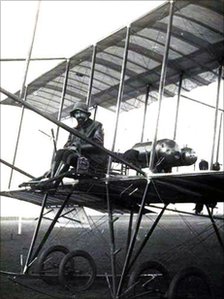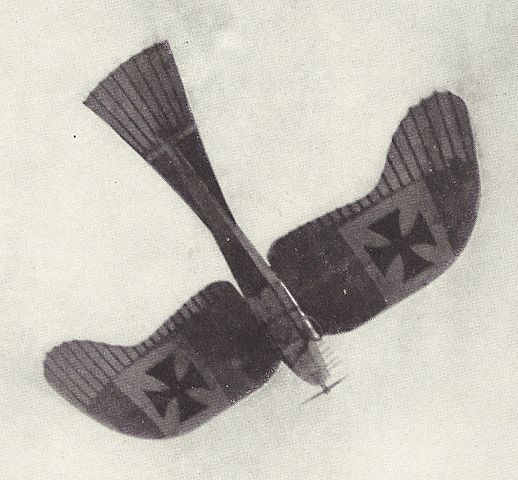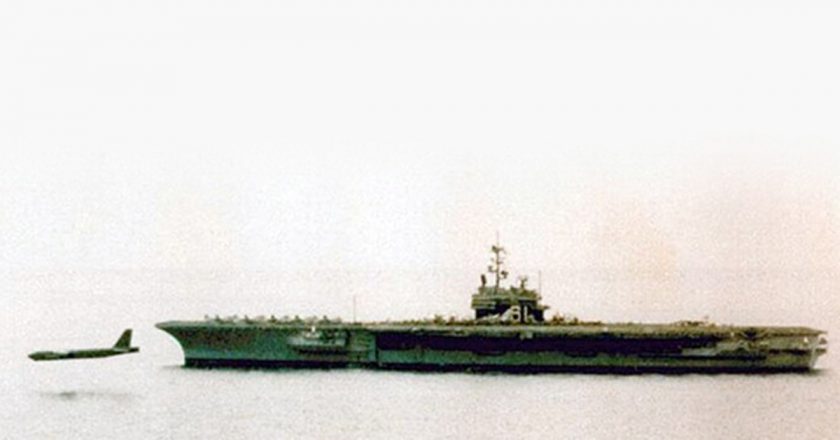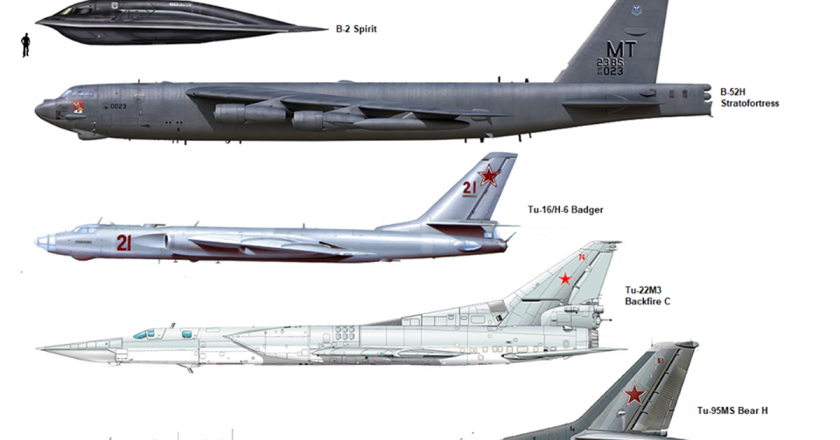Bomb dropping had been a constant topic among aviation pioneers and military leaders since early 1910. Even the respected Scientific American magazine ran cover stories about it. They all imagined cities reduced to rubble, fortifications destroyed, entire battle fleets sunken; all by the perceived power of this new dimension of warfare.
The first man to make an aerial bombardment was an Italian lieutenant and pilot Giulio Gavotti, who fought in the Italo-Turkish War. He set another first in the history of aerial warfare of heavier-than-air flyers besides an aerial bombardment. He was the first man to perform a night mission as well.

During fighting in November 1911 between Italy and forces loyal to the Turkish, Ottoman Empire, in Lybia, Lieutenant Giulio Gavotti wrote in a letter to his father: “Today I have decided to try to throw bombs from the aeroplane.
“It is the first time that we will try this and if I succeed, I will be really pleased to be the first person to do it.”
On 1 November 1911, he took four grenades (“Cipelli” – specially designed steel bombs containing picric acid) to a leather pouch, each of a size of grapefruit. Flying at an altitude of 600 feet, Gavotti screwed in the detonators and tossed each munition over the side — three onto the Tagiura (Jagiura) oasis, and one more onto military camp at Ain Zara.

This is how Gerard J. De Groot narrates it in his book The Bomb (Havard University Press, 2005):
[Gavotti] was an experienced reconnaissance pilot but on this particular day, overcome with ambition, he wanted to do something more than merely observe. Unbeknownst to his superior officers, he took with him on his flight a leather pouch containing four grenades, each weighing about two kilos. When he reached the Turkish camp, Gavotti took a detonator from his pocket, methodically screwed it into a grenade, and tossed the grenade over the side, repeating this process four times. No Turks were injured in this first instance of aerial bombardment, but they were mighty angry.
Gavotti officiated at the wedding of air transport and bombs. The marriage has been enormously successful. At the time, however, this first bombing raid was widely condemmed as a gross defilement of the gentlemanly art of war.
Three years later, Zeppelins dropped bombs on Antwerp during World War I.
He had begun the age of the bombers. By bringing aircraft to the battlefield, the Italians were doing something new. This was only eight years after the Wright brothers in America had managed the first, short flight.

